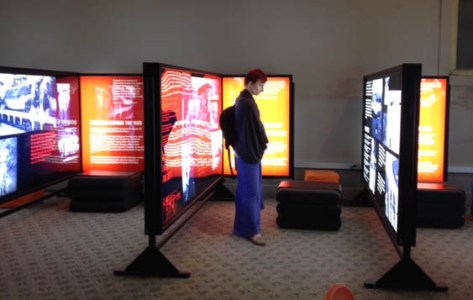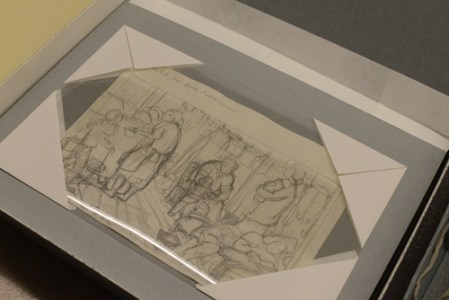
Twice a year, JANM offers a workshop called Discovering Your Japanese American Roots, a primer on amateur genealogy specifically geared toward Japanese American patrons. This workshop is JANM’s longest running; it’s been offered since 1992 by Chester Hashizume, a Sansei information technology project manager by profession and genealogy hobbyist.
Born in Illinois and raised in New Jersey, Hashizume’s interest in genealogy began at a family reunion, when one of his uncles shared the beginnings of a family tree. Resources to help Japanese Americans trace their roots were not readily available, and so Hashizume embarked on a personal journey of discovery. He was able to find some information, including immigration records, at a Mormon Family History Center and at the Japanese Cultural Center of Hawai‘i. His most valuable resource turned out to be his mother, who was fluent in Japanese and knew relatives back in the home country. Through her, Hashizume was able to meet family members and gain access to some elusive village records during trips to Japan.
Hashizume moved to Los Angeles in 1988. Seeking to connect with the local Japanese American community, he checked out a 1989 JANM-organized Nisei Week exhibit that featured internment camp records on microfilm. At that time, the museum was still in its infancy, organizing pop-up shows while working to secure a permanent facility. Fascinated by the historical information contained in those records, Hashizume signed up to volunteer with JANM the following year. When the museum opened its doors in 1992, Hashizume began offering his workshop.

“I was a Japanese American with no Japanese language skills and no knowledge of my own background,” Hashizume explains. “I wanted to help others like myself.” Having already gone through much of the process of researching his own background, he now wanted to share his findings with others. He found it rewarding to help others go through the same process of discovery that he did.
Hashizume supplies each workshop participant with a binder full of helpful information, including: the basics of constructing family trees, where and how to conduct preliminary research, the unique characteristics of Japanese genealogy, the meanings and origins of Japanese names and family crests, and how to do research in Japan. Hashizume even includes a simple koseki (household registry) request form, written in both Japanese and English, that people can mail or bring with them to present to government officials in Japan.
“You have to go back to Japan,” Hashizume stresses. “This is how you really do research.” Japan, which for much of its history was a feudal society, has no central archive; koseki are maintained by townships and are still, to this day, updated by hand. The language and cultural barriers may seem daunting, but overcoming them is well worth it; Hashizume’s own trips back to Hiroshima and Ishikawa (his maternal and paternal prefectures of origin, respectively) were life-changing.
Additional spaces have been added to this weekend’s edition of Discovering Your Japanese American Roots! Visit janm.org to register.



























![Estelle Ishigo (Gift of Mary Ruth Blackburn, Japanese American National Museum [2000.103.12])](https://i0.wp.com/media.discovernikkei.org/articles/4279/ishigo2.jpg?resize=269%2C215)






